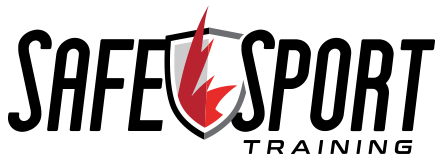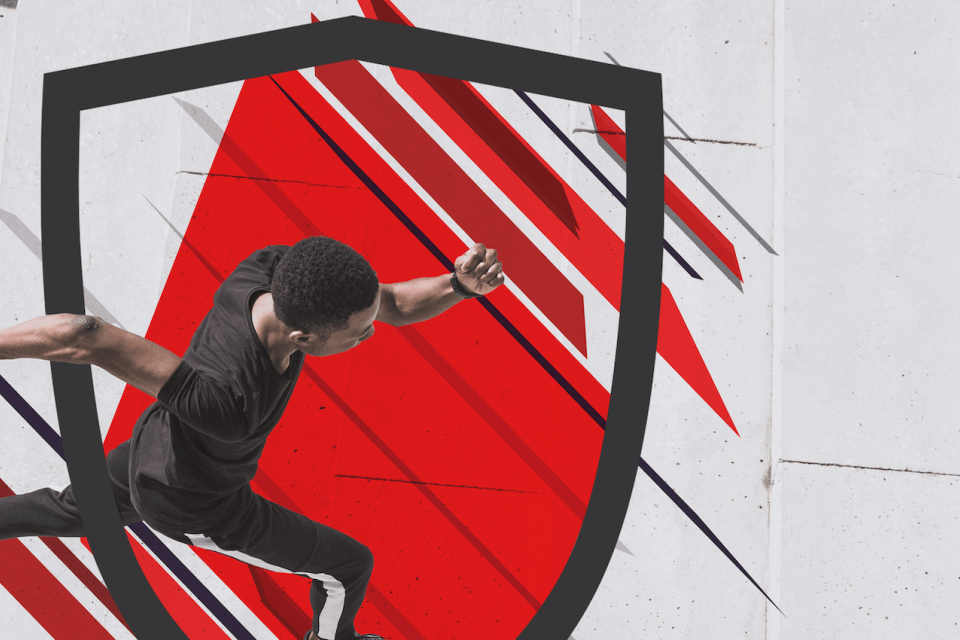How Safe Sport Training was developed
In February 2019, after a series of nationwide safe sport consultation summits, federal-provincial-territorial sport ministers signed the Red Deer Declaration, committing to the elimination of abuse, discrimination and harassment in sport. In response, the Universal Code of Conduct to Prevent and Address Maltreatment in Sport was developed as a foundation for a coordinated implementation strategy to prevent and address maltreatment across the sport system in Canada.
With the support of Sport Canada, a CAC Safe Sport Task Force for Mandated Training was developed to provide expert advice and feedback on the development and delivery of training activities to meet the goals and objectives of the mandatory training on harassment and abuse within the national sport system. The task force included representatives of national and provincial sport governing bodies, subject-matter experts, athletes, and advocacy organizations.
The CAC’s Safe Sport Training module is recognized as meeting the requirements for mandatory training on harassment and abuse. Certified coaches are also eligible for Professional Development points toward their maintenance of their certification.
The Coaching Association of Canada’s Safe Sport Training was designed to meet the needs of national-level sport organizations, but its principles apply at any level of sport.
Why does Sport Canada require this training?
Sport Canada is committed to the health of athletes across Canada, and recognizes the damaging effects maltreatment can have on their physical, emotional and mental health. Safe sport training in line with the Universal Code of Conduct to Prevent and Address Maltreatment in Sport ensures that everyone involved in sports organizations can recognize maltreatment and take steps to prevent or address it. National Sport Organizations may also opt to use their own training, as long as it is compliant with the minimum standards.
Why is Safe Sport Training so important?
Maltreatment can harm athletes and other sport participants in many ways: physically, emotionally and mentally. Safe sport training that aligns with the Universal Code of Conduct to Prevent and Address Maltreatment in Sport helps organizations, coaches and others create sporting environments that are safe for everyone.




